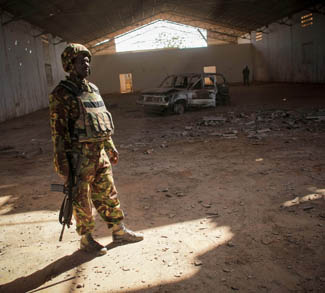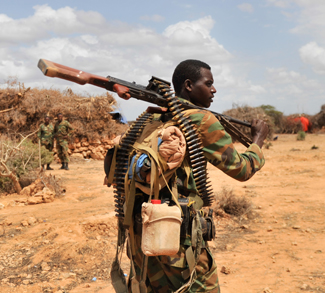Summary
Just one month removed from successful presidential elections – the first peaceful transfer of power since 1960 – UN Secretary-General Antonio Guterres is sounding the alarm over a growing humanitarian crisis in Somalia.
A powerful El Nino effect has been disrupting rain patterns in the region, and the resulting drought has now developed into a full-blown famine, one that risks a repeat of the harrowing events of 2011 when over 250,000 Somalis died of starvation.
A worsening humanitarian outlook could reverberate in the security sphere. Internal displacement and economic collapse threaten to destabilize the new government in Mogadishu, which risks an opportunity for al-Shabaab to reverse its defeats of the past few years at the hands of AMISOM.
Impact
A scramble to avoid a repeat of 2011. Back in 2011, international help came far too late, and by the time a famine was officially declared, over half of the eventual 250,000 deaths had already occurred. This time the alarm is coming early, perhaps early enough to avoid a disaster.
Local food and water supplies are exhausted after three years of little-to-no rain in northern Somalia. The drought has destroyed wide tracts of grazing land, killing off thousands of the camels and goats locals rely on for survival. One local estimate in Puntland puts losses at 65% of all pastoral livestock. There are also reports of mass internal migrations as men leave in search of better grazing lands, and women and children migrate into larger towns and cities. Mogadishu in particular is seeing a large influx, as one report had over 7,000 IDPs checking into a feeding center in the capital. These internal movements are sure to put further strain on local resources, and drive conflict between clans as newcomers clash with locals.




